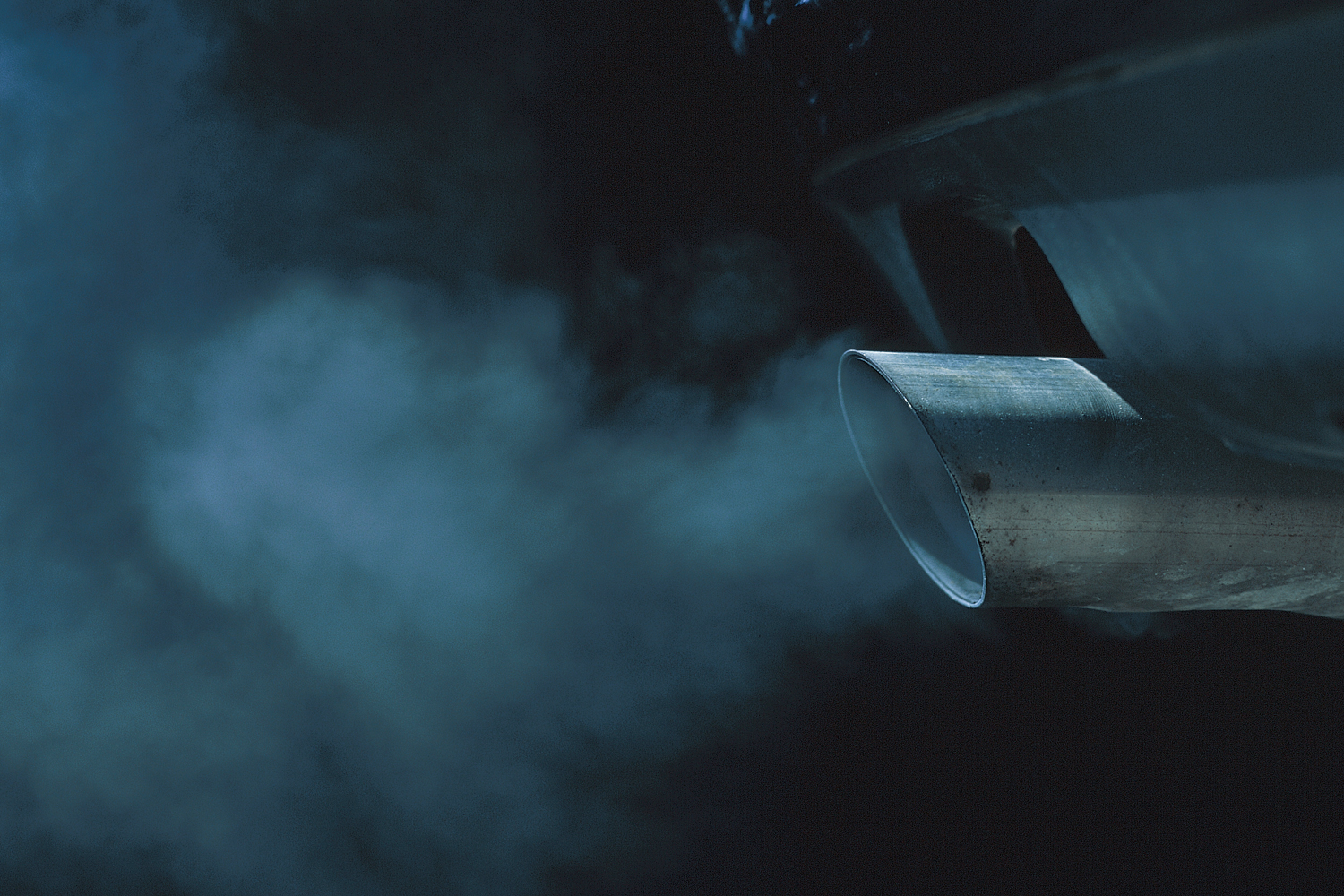
William G. Nelson, MD, PhD Photo by Joe Rubino
CIGARETTE SMOKING is well-known to cause lung cancer, but air pollution, both indoors and outdoors, also increases lung cancer risk, especially among nonsmokers. Air pollution is likely responsible for hundreds of thousands of lung cancer deaths worldwide each year.
Indoor air pollutants include secondhand tobacco smoke, radon gas, asbestos and combustion products from stoves and heaters. Radon arises naturally from the radioactive decay of radium isotopes in the soil. The further decay of radon gas absorbed by dust particles that are inhaled into the lungs poses a significant threat for lung cancer. The Environmental Protection Agency estimates that radon is the number one cause of lung cancer among nonsmokers, responsible for as many as 21,000 lung cancer deaths each year, prompting the U.S. surgeon general to issue a radon health advisory in 2005.
Radon is widely distributed across the U.S., and sites with dangerously elevated levels can be found in every state. As many as one quarter of Americans live in homes with high radon levels. Responses to radon’s widespread presence include testing residential and nonresidential buildings and using radon-resistant construction features, such as plastic sheeting and gravel placed under a new building’s foundation, to prevent radon from entering the structure. Radon mitigation tactics typically involve vigilant sealing of cracks in floors and basements to limit gas penetration and using fans or air exchangers to vent radon gas out of buildings.
Asbestos, once widely used as a building construction material because of its fire-retardant properties, poses another danger. Inhaled asbestos fibers trigger inflammation and scarring in the lungs and nearby tissues. Chronic asbestos exposure is the principal cause of a rare cancer called mesothelioma that affects the lining of the chest cavity and external lining of the lung. Because of these hazards, 72 countries, including the U.S., have now banned the use of asbestos.
Most of the dangerous outdoor pollutants, and some of the indoor ones, arise from burning fossil fuels and biomass fuels such as wood, including uncontrolled fires. Most recently, attention has focused on minute particles less than or equal to 2.5 microns (1/10,000 of an inch) in diameter, referred to as fine particulate matter (PM2.5). When inhaled, PM2.5 particles penetrate deeply into the lungs where they release substances that can promote cancer development. An analysis of 18 independent studies of particulate matter exposure and lung cancer suggests that people exposed to PM2.5 have a 9% increase in lung cancer risk overall and a 40% increase in the risk of lung adenocarcinoma, the subtype of lung cancer most commonly seen in nonsmokers. Globally, PM2.5 pollutants were estimated to be responsible for 14% of lung cancer deaths, ranking second only to tobacco smoking as a cause of lung cancer mortality.
To ameliorate the threat of outdoor PM2.5 exposure, extensive and comprehensive measures will be required, including a decrease in fossil fuel combustion and vehicle emissions, as well as improved urban and suburban planning and design. In addition, measures to reduce uncontrolled wildfires, such as those seen in the Los Angeles area in early 2025, will also be needed.
Cancer Today magazine is free to cancer patients, survivors and caregivers who live in the U.S. Subscribe here to receive four issues per year.





